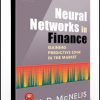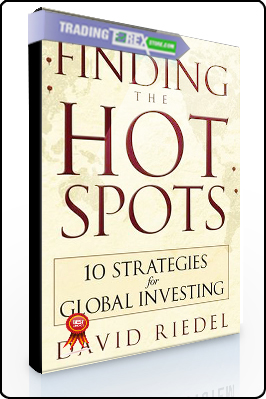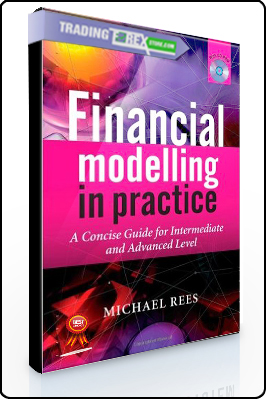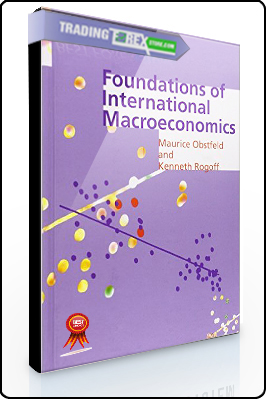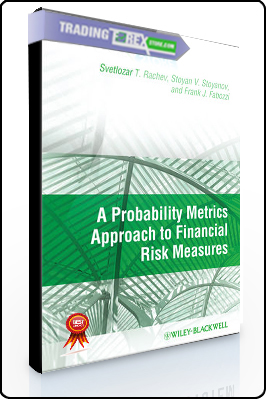Paul McNelis – Neural Networks in Finance
$15.00
Size: 3.6 MB
You Just Pay: $15
- Description
Description
This book explores the intuitive appeal of neural networks and the genetic algorithm in finance. It demonstrates how neural networks used in combination with evolutionary computation outperform classical econometric methods for accuracy in forecasting, classification and dimensionality reduction. McNelis utilizes a variety of examples, from forecasting automobile production and corporate bond spread, to inflation and deflation processes in Hong Kong and Japan, to credit card default in Germany to bank failures in Texas, to cap-floor volatilities in New York and Hong Kong. This book offers a balanced, critical review of the neural network methods and genetic algorithms used in finance; includes numerous examples and applications;and numerical illustrations use MATLAB code. The book is accompanied by a website.
Review
“This book clarifies many of the mysteries of Neural Networks and related optimization techniques for researchers in both economics and finance. It contains many practical examples backed up with computer programs for readers to explore. I recommend it to anyone who wants to understand methods used in nonlinear forecasting.” — Blake LeBaron, Professor of Finance, Brandeis University “An important addition to the select collection of books on financial econometrics, Paul Mcnelis’ volume, Neural Networks in Finance, serves as an important reference on neural network models of nonlinear dynamics as a practical econometric tool for better decision-making in financial markets.” — Roberto S. Mariano, Dean of School of Economics and Social Sciences & Vice-Provost for Research, Singapore Management University; Professor Emeritus of Economics, University of Pennsylvania “This book represents an impressive step forward in the exposition and application of evolutionary computational tools. The author illustrates the potency of evolutionary computational tools through multiple examples, which contrast the predictive outcomes from the evolutionary approach with others of a linear and general non-linear variety. The book will be of utmost appeal to both academics throughout the social sciences as well as practitioners, especially in the area of finance.” — Carlos Asilis, Portfolio Manager, VegaPlus Capital Partners; formerly Chief Investment Strategist, JPMorgan Chase “…an excellent, easy-to read introduction to the math behind neural networks.” – Financial Engineering News


